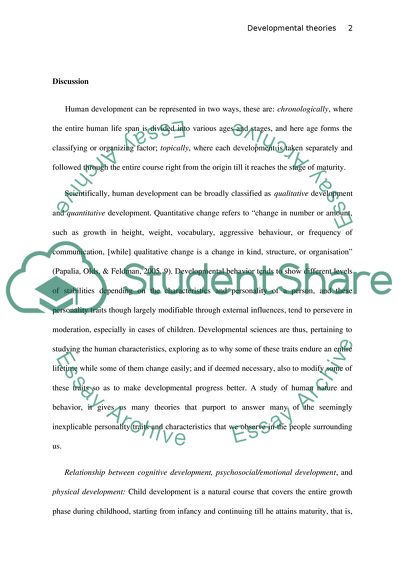Cite this document
(Developmental Theories in Childhood and Adolescence Case Study, n.d.)
Developmental Theories in Childhood and Adolescence Case Study. Retrieved from https://studentshare.org/social-science/1742268-developmental-theories-in-childhod-and-adolescence
Developmental Theories in Childhood and Adolescence Case Study. Retrieved from https://studentshare.org/social-science/1742268-developmental-theories-in-childhod-and-adolescence
(Developmental Theories in Childhood and Adolescence Case Study)
Developmental Theories in Childhood and Adolescence Case Study. https://studentshare.org/social-science/1742268-developmental-theories-in-childhod-and-adolescence.
Developmental Theories in Childhood and Adolescence Case Study. https://studentshare.org/social-science/1742268-developmental-theories-in-childhod-and-adolescence.
“Developmental Theories in Childhood and Adolescence Case Study”. https://studentshare.org/social-science/1742268-developmental-theories-in-childhod-and-adolescence.


